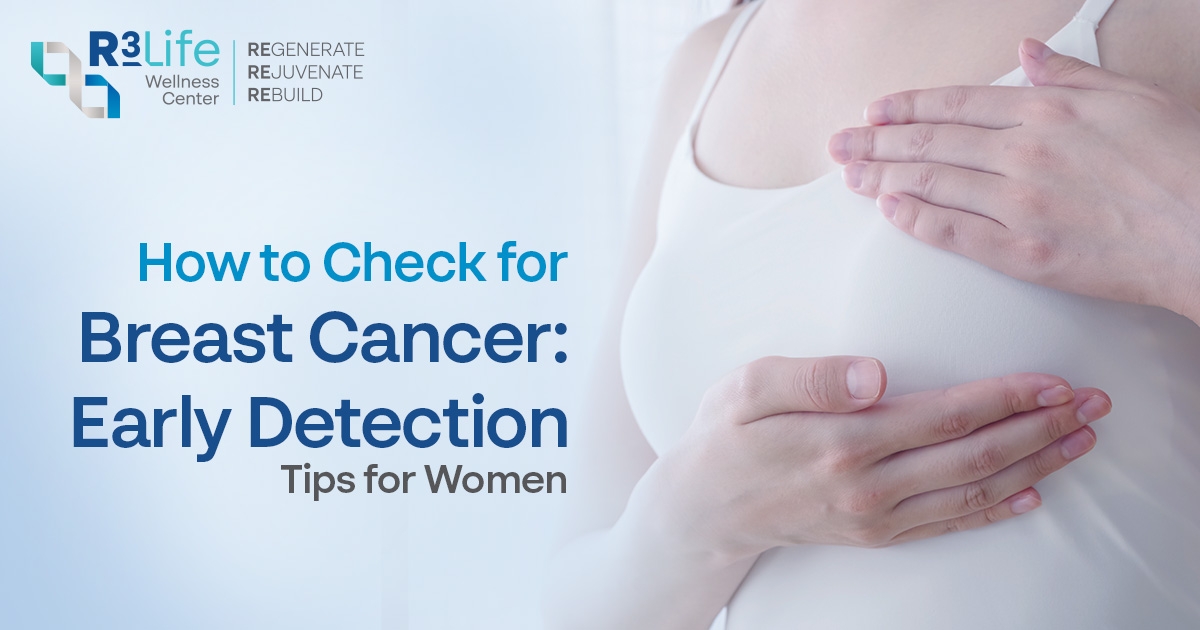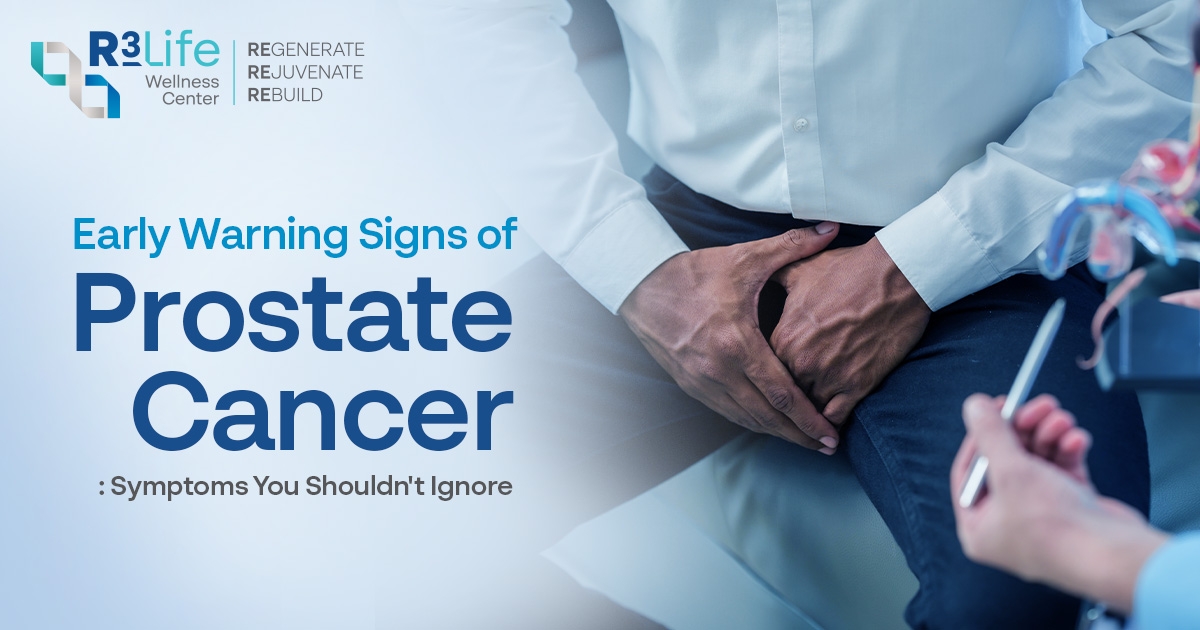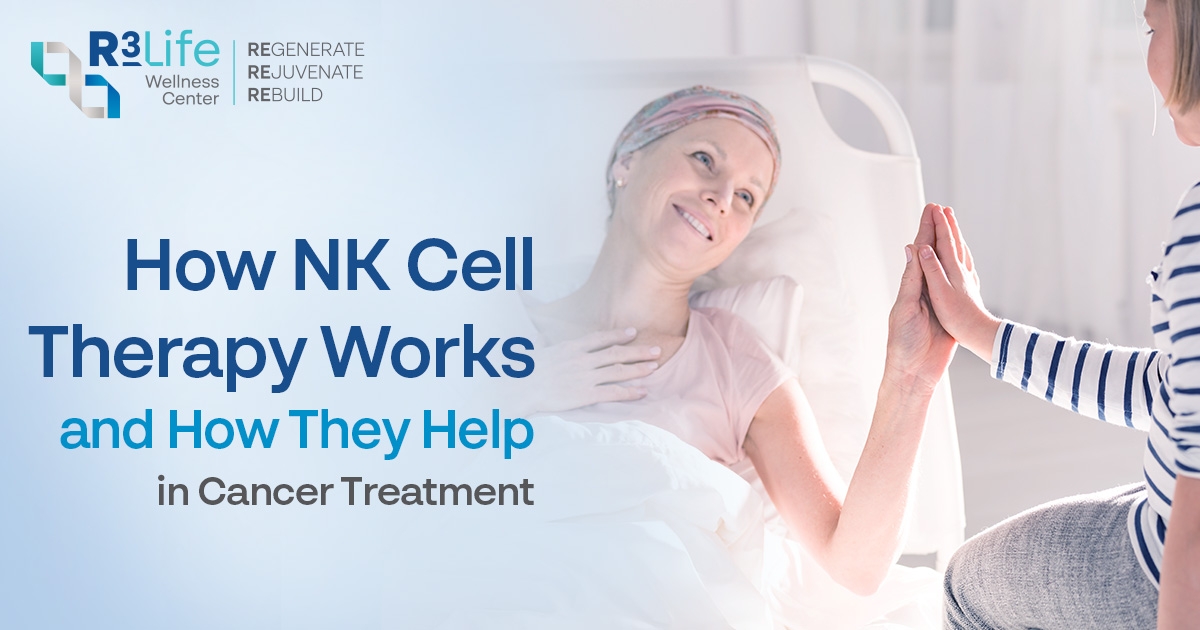How to check for breast cancer at home for 5 simple steps
Breast cancer affects 1 in 8 women during their lifetime, but early detection dramatically improves treatment outcomes. Regular self-examinations combined with professional screenings, can help catch changes early when treatment is most effective. Here's everything you need to know about checking your breasts at home.
Why Regular Breast Checks Matter
Early detection saves lives. Most breast cancers are found by women themselves through self-examination. Knowing how to check for breast cancer regularly helps you:
Know what's normal for your breasts
- Spot changes early when treatment is most successful
- Feel empowered in your health journey
- Complement professional screenings between medical visits
Important: Self-exams don't replace mammograms or clinical exams, but they're a valuable early detection tool that every woman should know.
When to Check Your Breasts
Timing Matters:
- Pre-menopause: 3-5 days after your period ends (when breasts are least tender)
- Post-menopause: Same date each month (like the 1st)
- Frequency: Monthly checks for women 20+ years old
- Consistency: Regular checking is more important than perfect technique
How to Check for Breast Cancer: 5 Simple Steps
Step 1: In the Shower
Use wet, soapy skin to feel your breast tissue easier. Use three middle fingers to check your entire breast area with light, medium, and firm pressure.
Step 2: In Front of a Mirror
Stand topless with arms at sides. Look for changes in size, shape, symmetry, dimpling, puckering, orange-peel skin texture, or nipple changes.
Step 3: Lying Down
Lie with a pillow under your right shoulder, right arm behind your head. Use your left hand to checkyour right breast in quarter-sized circles from collarbone to ribs, armpit to center chest.
Step 4: Raise Arms and Examine Your Breasts
Raise arms overhead and repeat mirror check. This position can reveal dimpling not visible with arms down and helps examine underarm lymph nodes.
Step 5: Nipple Examination
Gently squeeze each nipple checking for discharge. Any fluid other than breast milk should be reported to your doctor. Repeat all steps for your left breast.
Warning Signs That Need Medical Attention
Step 1: Look (Visual Examination)
In front of a mirror, topless:
With arms at your sides, look for:
- Changes in breast size or shape
- Dimpling, puckering, or skin pulling inward
- Orange-peel texture (thick, pitted skin)
- Redness, rash, or persistent irritation
- Nipple changes (turning inward, scaling)
Raise your arms overhead and repeat the visual check
- This position can reveal dimpling not visible with arms down
- Check underarm area for swelling or changes
Visual tip: Many changes are easier to spot than feel, making this step crucial for early detection.
Step 2: Feel (Physical Examination)
Lying down (most effective position):
- Lie with a pillow under your right shoulder
- Place right arm behind your head
- Use your left hand to examine right breast
Examination technique:
- Use finger pads (not fingertips) of your three middle fingers
- Make small circles about the size of a quarter
- Use three pressure levels: Light, medium, then firm pressure
- Cover entire breast area: From collarbone to ribs, armpit to center chest
- Include nipple area: Gently squeeze to check for discharge
Repeat for left breast (pillow under left shoulder, left arm up, examine with right hand)
Pro tip: Use lotion or soap in the shower - wet, slippery skin makes it easier to feel tissue changes.
Step 3: Act (Know When to See a Doctor)
Contact your healthcare provider immediately if you notice:
New lumps or masses:
- Hard, fixed lump that doesn't move when pushed
- New thickening that feels different from surrounding tissue
- Lump with irregular edges
Skin changes:
- Persistent dimpling or puckering
- Orange-peel skin texture
- Unexplained redness or rash
- Swelling in part or all of breast
Nipple changes:
- Bloody or clear discharge (when not breastfeeding)
- Nipple turning inward suddenly
- Scaling or crusting of nipple skin
- New, persistent nipple pain.
What's Normal vs. What to Watch For
Normal Breast Changes:
✅ Monthly hormonal changes (tenderness, swelling before periods)
✅ Small, moveable lumps that come and go with your cycle
✅ Different textures between your two breasts
✅ Slight size differences between breasts
✅ Clear or milky discharge when nipples are squeezed during exam
Warning Signs That Need Medical Attention:
⚠️ New, fixed lumps that don't change with your menstrual cycle
⚠️ Persistent skin changes like dimpling or puckering
⚠️ Bloody nipple discharge
⚠️ Sudden breast size or shape changes
⚠️ New pain in one specific area that doesn't go away
Remember: About 80% of breast lumps are benign (non-cancerous), but any new or changing lump should be evaluated by a healthcare provider.
When to Schedule Professional Breast Cancer Screening
Clinical Breast Exams:
- Every 1-3 years for women in their 20s and 30s
- Annually for women 40+ as part of comprehensive breast cancer screening
- More frequent if you have family history of breast cancer
Mammograms:
- Starting at age 40 (or earlier if high risk for breast cancer)
- Annually or as recommended by your doctor
- Earlier mammogram screening if you have family history or genetic mutations
Additional Screening for High-Risk Women:
- Breast MRI screening may be recommended for enhanced detection
- Genetic counseling and testing for breast cancer genes
- More frequent clinical breast examinations
Creating Your Personal Breast Health Plan
Step 1: Know Your Risk Factors
- Family history of breast or ovarian cancer
- Personal history of breast issues
- Age (risk increases with age)
- Genetic mutations (BRCA1, BRCA2)
- Dense breast tissue
- Oral contraceptive pills (birth control pills) - Current or recent use may slightly increase breast cancer risk, particularly with long-term use.
Step 2: Establish a Routine
- Set monthly calendar reminders for self-exams
- Schedule annual clinical exams
- Keep a breast health diary noting any changes
- Take photos if helpful for tracking changes
Step 3: Build Your Healthcare Team
- Primary care physician
- Consider genetic counselor if high family history
Advanced Breast Health Protection
Your body has natural NK (Natural Killer) cells working 24/7 to identify and destroy abnormal cells before they become cancerous. For enhanced protection, NK Cell therapy can strengthen your immune system's natural surveillance capabilities.
Who Can Benefit:
Family History of Breast Cancer
Genetic predisposition doesn't mean cancer is inevitable. NK Cell therapy provides proactive protection beyond regular screening.
Currently Fighting Breast Cancer
Works alongside conventional treatments to strengthen your immune response during treatment and support recovery.
Breast Cancer Survivors
Helps maintain peak immune function and supports your body's natural defenses against potential recurrence.
Why Choose R3 Life Wellness Center?
- International laboratory partnerships with certified facilities
- Advanced Flow Cytometry Technology for precise NK cell optimization
- Elite medical team
- Personalized treatment protocols based on your unique health profile
Ready to strengthen your body's natural defenses? Schedule a consultation with our immune therapy specialists to discuss how NK Cell therapy can support your breast health goals.


 What causes prostate cancer? Early warning signs & risks
What causes prostate cancer? Early warning signs & risks


